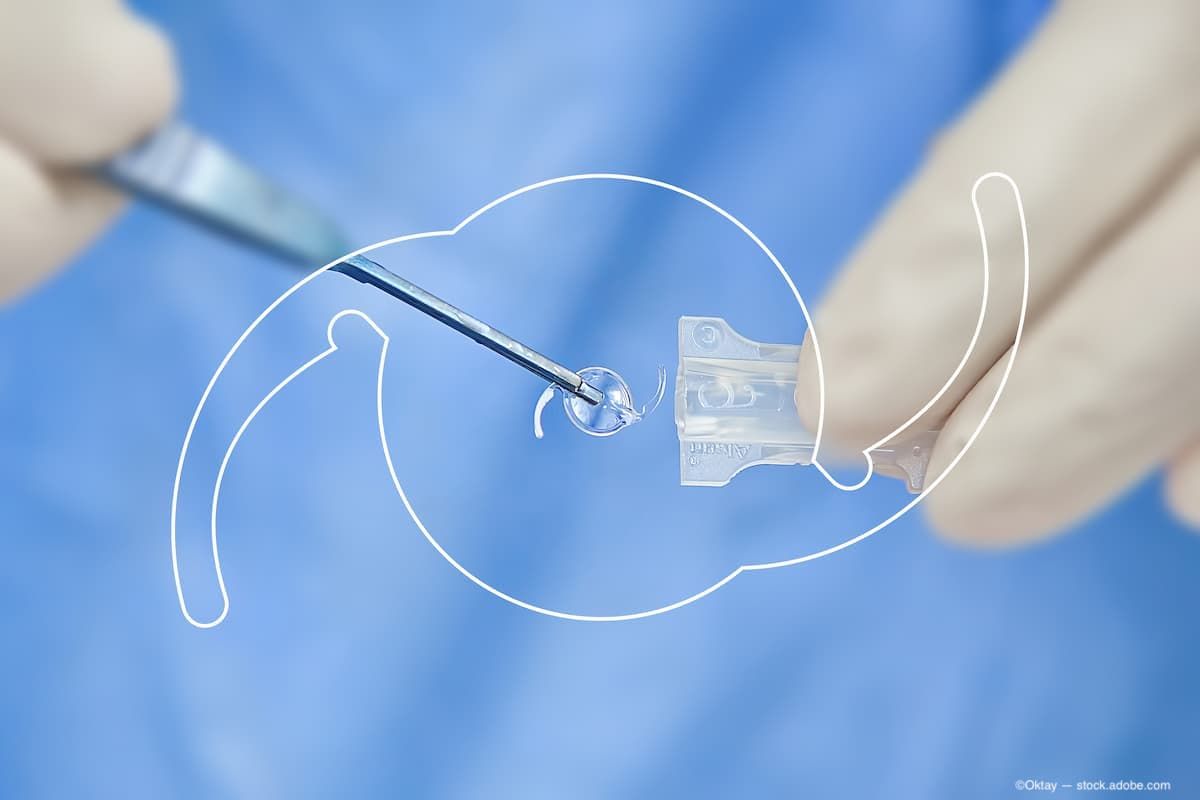Article
Centroid value, posterior cornea info adds game for toric calculators
Author(s):
Cataract surgeons using toric intraocular lens (IOL) calculators are more likely to have better outcomes when using a centroid value for their surgically induced astigmatism (SIA), rather than a mean or a median value.
Reviewed by Warren E. Hill, MD
Take-home: Surgeons should use a centroid value for surgically induced astigmatism rather than a mean or median value when working with toric IOL calculators.
Cataract surgeons using toric intraocular lens (IOL) calculators are more likely to have better outcomes when using a centroid value for their surgically induced astigmatism (SIA), rather than a mean or a median value.
Warren E. Hill, MD, in private practice, Mesa, AZ, discussed the comparison of toric IOL calculators and how they differ.
Dr. Hill addressed the value that Douglas Koch, MD, added to toric IOL calculations when he recommended the inclusion of posterior corneal astigmatism. In addition, he noted that Graham Barrett, MD, took this insight a step further by adding an algorithm to automatically calculate both the magnitude and the orientation of posterior corneal astigmatism as part of his popular Barrett toric calculator. Subsequently, other toric calculators are adopting this approach.
Dr. Hill gave an example of a series of toric IOL outcomes with the original Alcon Laboratories toric calculator and the Holladay toric calculator that did not include the posterior cornea. “These calculations typically produced outcomes that were skewed in the same way,” Dr. Hill said. “The moment we added posterior cornea, toric IOL outcomes began to normalize.”
For SIA, it was previously popular to calculate the mean, or a median value, for a series of patients.
“Contrary to conventional wisdom, both the magnitude and the orientation of SIA is not always predictable from one patient to the next,” Dr. Hill explained. “For individual patients, the amount of SIA might be as low as 0.00 D to as high as 1.50 D. In addition, the orientation of SIA produced by the cataract incision is not always orthogonal. That was a surprise.”
Centroid value
Recently, surgeons have found that using a centroid value gives improved outcomes, Dr. Hill noted. A centroid value is the two-dimensional mean of SIA for a series of patients.
Using data from a large physician database of over 35,000 cases, Dr. Hill observed that for the typical temporal clear corneal incision, the calculated centroid value generally ranges from 0.08 D to 0.14 D. If a surgeon has not yet calculated a centroid value for their cataract surgery incision, he advised beginning with a centroid value of 0.12 D when using toric calculators. A centroid calculation can be carried out using the free tool at www.SIA-calculator.com.
Dr. Hill reviewed the currently available toric calculators in the United States, including the Bausch & Lomb Trulign, the Holladay IOL Consultant calculator, the Abbott Medical Optics calculator (Johnson & Johnson Vision Care), the updated Alcon calculator, and the Barrett toric calculator, available on the American Society of Cataract and Refractive Surgery web site.
“The Barrett toric calculator is currently the most advanced one we have,” Dr. Hill said. “Doug Koch gave us the gift of the posterior cornea and Graham Barrett made it practical for all of us.”
Warren E. Hill, MD
This article was adapted from a presentation that Dr. Hill delivered at the Refractive Subspecialty Day prior to the 2016 American Academy of Ophthalmology meeting. Dr. Hill is a consultant for Alcon Laboratories.
Newsletter
Don’t miss out—get Ophthalmology Times updates on the latest clinical advancements and expert interviews, straight to your inbox.





